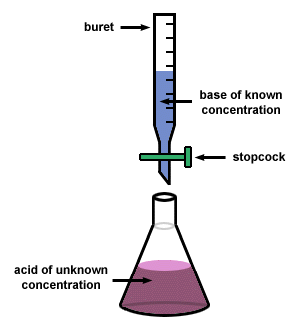Objective: To determine if glycerin is Polar or Non-polar
Materials:
· Test tubes
· Test tube stoppers
· Test tube rack
· Scupula
· Safety goggles and apron
· Sodium chloride
· Sucrose
· Iodine crystals
· Paint thinner (Turpentine)
· Glycerine
Part 1
Procedure:
1. Set up 6 clean, dry test tubes. Divide the test tubes into 2 groups of 3. Label a piece of paper in front of each pair A, B, and C.
2. Fill each test tube from the first set half way with water. Fill each test tube from the second set half full with paint thinner.
3. In the first set, carefully add enough salt crystals to cover the bottom of the test tube.
4. Stopper the test tube and carefully shake it several times. Examine the test tube and look for any crystals that may be stuck against the walls. Repeat this process with the first test tube in the second set.
5. Repeat steps 3 and 4 with crystals of sugar in test tube B from each set.
6. Repeat steps 3 and 4 with crystals of iodine in test tube C from each set.
7. Dispose of the test tube solutions in the Waste Chemical container.
Observations:
| Solvents | Solute | Solute | Solute |
|
| Table Salt | Sugar | Iodine |
| Water | Dissolved | Dissolved | Did not dissolve |
| Paint thinner | Did not dissolve | Did not dissolve | Dissolved |
Part 2
Procedure:
1. Fill a clean test tube a quarter way full of water and then add twice as much paint thinner to the test tube.
2. Stopper the test tube and shake it gently.
3. Examine what has happened to the solutions.
4. Using a second test tube, repeat steps 1 through 3 using Glycerin in place of paint thinner.
Analysis:
1) Based on the results from part 1, what conclusions can you draw about the types of solutes that can dissolve in polar and non-polar substances?
Polar substances dissolve polar solutes.
Non-polar solutes dissolve in non-polar substances.
2) Using the conclusion you made in question 1, predict whether or not Glycerin is polar or non-polar.
Glycerin is polar because it did not dissolve.
3) What would you predict to happen if you combine water, glycerin and paint thinner all in one test tube.
The glycerin will dissolve in the water and the paint thinner will float on top.

















